Home>Garden Essentials>At What Soil Temperature Does Poa Annua Germinate?


Garden Essentials
At What Soil Temperature Does Poa Annua Germinate?
Modified: March 16, 2024
Discover the ideal soil temperature for germinating Poa Annua in your garden. Start growing your favorite grass with these helpful tips and tricks.
(Many of the links in this article redirect to a specific reviewed product. Your purchase of these products through affiliate links helps to generate commission for Storables.com, at no extra cost. Learn more)
Introduction
Poa annua, commonly known as annual bluegrass, is a cool-season grass species that is widely found in lawns, golf courses, and sports fields around the world. While it can be a desirable turfgrass in some situations, it is often considered a weed due to its aggressive growth, shallow root system, and vulnerability to stress. As a result, understanding the factors that influence the germination of Poa annua seeds is crucial for effective turfgrass management.
One of the key factors that affects Poa annua germination is soil temperature. Like most plant species, Poa annua has specific temperature requirements for optimal germination. The germination process involves the uptake of water by the seed, followed by metabolic activities that eventually lead to seedling emergence. The rate of these processes is greatly influenced by temperature.
Germination temperature requirements can vary depending on the geographic region and the specific cultivar of Poa annua. However, there is a general range of soil temperatures at which Poa annua seeds are most likely to germinate. Understanding these temperature thresholds can help turfgrass managers plan their seeding activities and implement effective weed control strategies.
By conducting controlled experiments, researchers have been able to determine the ideal soil temperature range for Poa annua germination. These studies have provided valuable insights into the germination process and have helped refine best management practices for turfgrass management.
In this article, we will explore the factors that affect Poa annua germination, with a specific focus on soil temperature requirements. We will discuss the experimental methods used to study germination and analyze the results to gain a better understanding of Poa annua’s germination preferences. Finally, we will discuss the implications of these findings for turfgrass management and suggest strategies to effectively manage Poa annua populations.
Key Takeaways:
- Poa annua seeds germinate best in soil temperatures between 50°F to 65°F. Understanding this range helps turfgrass managers plan seeding activities for successful germination and weed control.
- By aligning seeding with optimal soil temperatures, turfgrass managers can enhance turf resilience and efficiently allocate resources. This knowledge contributes to healthier and more resilient turfgrass populations.
Read more: What Temperature Does Poa Annua Germinate
Factors Affecting Poa Annua Germination
The germination of Poa annua seeds is influenced by a variety of factors. Understanding and managing these factors is crucial for successful turfgrass management. Let’s explore some of the key factors that can impact Poa annua germination:
- Soil Moisture: Adequate soil moisture is essential for seed germination. Dry soil conditions can inhibit the germination process, while overly wet conditions can lead to seed rot or fungal diseases. Maintaining proper soil moisture levels is important to promote successful germination.
- Seed Depth: The depth at which Poa annua seeds are sown can affect germination. Planting seeds too deep can result in limited access to light and insufficient oxygen, hindering the germination process. Conversely, planting seeds too shallow can expose them to unfavorable environmental conditions. Optimal seed depth varies depending on soil type and environmental factors.
- Seed Quality: The quality of Poa annua seeds, including their viability and genetic makeup, can impact germination rates. Using high-quality certified seeds from reputable sources can increase the chances of successful germination and establishment.
- Existing Vegetation: The presence of existing vegetation, particularly dense turfgrass or weed populations, can compete with Poa annua seeds for resources such as light, water, and nutrients. Proper weed control and creating favorable conditions for Poa annua establishment are essential to encourage germination.
- Soil Temperature: Soil temperature plays a crucial role in Poa annua germination. Different plant species have specific temperature requirements for seed germination, and Poa annua is no exception. The optimal temperature range for successful germination varies depending on the specific cultivar and environmental conditions.
- Light Exposure: Light exposure can have both positive and negative effects on Poa annua germination. While some seeds require light to germinate, others may require darkness. Understanding the light requirements of the specific Poa annua cultivar is important when planning seeding activities.
By carefully managing these factors, turfgrass managers can create favorable conditions for Poa annua seed germination. Implementing proper irrigation practices, maintaining ideal seed depth, using high-quality seeds, managing existing vegetation, considering temperature requirements, and providing the necessary light exposure all contribute to successful Poa annua germination and establishment.
Germination Temperature Requirements
The germination of Poa annua seeds is strongly influenced by soil temperature. Different cultivars of Poa annua may have slightly different temperature requirements, but there is a general range at which optimal germination occurs.
The optimal soil temperature for Poa annua germination typically falls within the range of 50°F to 65°F (10°C to 18°C). Germination can still occur at temperatures slightly above or below this range, but the process may be slower and less consistent.
Seeds that are exposed to temperatures below their optimal range may undergo a period of dormancy, in which germination is delayed until the temperature becomes more favorable. This adaptive mechanism ensures that the seeds do not germinate too early in adverse conditions.
On the other hand, if the soil temperature exceeds the upper limit of the preferred range, germination can be inhibited or even prevented. High temperatures can cause stress on the seeds, inhibiting the metabolic processes required for germination.
It is important to note that the ideal germination temperature range for Poa annua is specific to cool-season grasses. Warm-season grasses, such as Bermudagrass or Zoysiagrass, have different temperature requirements for germination.
By understanding the optimal temperature range for Poa annua germination, turfgrass managers can strategically plan their seeding activities. Sowing Poa annua seeds when the soil temperature is within the preferred range can increase the chances of successful germination and establishment.
Monitoring and tracking soil temperature is essential for determining the ideal timing for seeding. This can be done using soil thermometers or by utilizing weather data from local sources, as many weather stations provide soil temperature information.
In addition to temperature, other factors such as soil moisture, seed depth, and light exposure should also be taken into consideration when planning seeding activities. Creating optimal conditions that align with the germination requirements of Poa annua can greatly improve the success of seeding efforts.
By providing the ideal germination temperature range and optimizing other germination factors, turfgrass managers can effectively establish and manage Poa annua populations, ensuring a healthy and vibrant lawn or playing surface.
Experimental Methods
To determine the germination temperature requirements of Poa annua, researchers have conducted controlled experiments using various methods. These experiments aim to simulate real-world conditions and provide data on the temperature range at which optimal germination occurs.
Here are some common experimental methods used to study Poa annua germination temperature requirements:
- Growth Chambers: Growth chambers provide a controlled environment for plant growth and development. Researchers can set specific temperature and light conditions to simulate different germination scenarios. Poa annua seeds are typically sown in trays or pots filled with a standardized growing medium, and then placed in the growth chambers. This allows for precise control and monitoring of temperature throughout the germination process.
- Incubators: Incubators are another common tool used to study seed germination. They provide a controlled temperature and humidity environment for optimal seed germination. Poa annua seeds are placed in petri dishes or germination trays, along with a moistened substrate, and then placed inside the incubator. The temperature is set according to the study objectives, and researchers monitor the germination progress over time.
- Field Studies: Field studies involve conducting experiments directly in the outdoor environment. Researchers sow Poa annua seeds in plots or designated areas within the turfgrass, and then carefully monitor the germination process. Temperature sensors are often installed in the soil to track the temperature variations during the experiment. This method allows for observation of germination under more realistic conditions, but it can be challenging to control all environmental factors.
Regardless of the method used, researchers typically set up multiple temperature treatments to cover a range of temperatures. The number of replicates and the duration of the experiment vary depending on the study objectives and scientific rigor.
Data on germination rates, time to initial germination, and overall seedling establishment are collected and analyzed using statistical methods. This allows for a comprehensive understanding of Poa annua’s germination preferences and response to temperature variations.
It is worth noting that experimental methods can vary from study to study, and researchers may employ additional techniques to assess other factors influencing germination, such as seed dormancy or response to chemical treatments.
By utilizing these experimental methods, researchers have been able to provide valuable insights into Poa annua’s germination temperature requirements, contributing to the development of effective turfgrass management strategies.
Results and Analysis
The results of experiments studying Poa annua germination temperature requirements have provided valuable insights into the optimal temperature range for successful germination. While specific results can vary depending on the study, there are some common findings that emerge from the analysis of the data.
Studies have consistently shown that the ideal germination temperature for Poa annua falls within the range of 50°F to 65°F (10°C to 18°C). Within this range, the germination rates are usually highest, and the time to initial germination is relatively faster compared to temperatures outside the range.
At temperatures below the optimal range, germination can still occur, but the process may be slower. Seeds may enter a period of dormancy before germination, which can delay seedling emergence. However, once temperature conditions become more favorable, the seeds will resume germination and eventually establish themselves.
On the other hand, at temperatures above the optimal range, germination rates are generally reduced. High temperatures can inhibit the metabolic processes necessary for germination. Seeds may become stressed, leading to lower viability and reduced germination success.
It is important to note that different Poa annua cultivars may have slightly different temperature preferences. Some cultivars may exhibit a slightly wider temperature range for successful germination, while others may be more sensitive to extreme temperatures.
Researchers have also observed the influence of other factors, such as soil moisture and light exposure, on the germination process. Adequate soil moisture is crucial for successful seed germination, as it facilitates the absorption of water by the seeds. Light exposure can also affect germination rates, with some cultivars requiring light for germination while others prefer darkness.
The analysis of the results from multiple studies allows for a comprehensive understanding of Poa annua’s germination temperature requirements. It provides turfgrass managers with important information to plan their seeding activities and implement effective management strategies.
It is worth mentioning that ongoing research continues to explore the germination preferences of different Poa annua cultivars and their response to temperature variations, as well as the interaction of temperature with other environmental factors. This ongoing research aims to refine our understanding of germination requirements and develop more targeted management practices.
Ultimately, the results and analysis of these experiments provide turfgrass managers with valuable insights into Poa annua’s germination temperature preferences, enabling them to make informed decisions and implement strategies that promote successful seedling establishment and turfgrass management.
Poa annua germinates best at soil temperatures between 50-65°F (10-18°C). Keep soil moist and provide good light for successful germination.
Read more: What Is Poa Annua Grass
Discussion
The discussion of Poa annua germination temperature requirements revolves around the implications of the findings and their significance for turfgrass management. It considers the practical implications of the data for establishing and maintaining healthy turfgrass populations.
The research on Poa annua germination temperature requirements provides valuable information to turfgrass managers looking to optimize seeding activities and control weed populations. By understanding the optimal temperature range for germination, managers can strategically plan their seeding efforts to maximize success.
One important consideration is the timing of seeding. Turfgrass managers can use the knowledge of Poa annua’s preferred germination temperature range to determine the best time to sow seeds. By aligning seeding activities with the optimal temperature conditions, the chances of successful seed germination and establishment are significantly increased.
In areas with cool climates, this knowledge can help managers plan seeding activities in the early spring or late summer when soil temperatures are likely to be within the preferred range. By contrast, in areas with warm climates, seeding may be better timed for the fall or early winter when temperatures are more favorable for germination.
Understanding Poa annua’s germination temperature requirements also allows for the implementation of targeted weed control strategies. By controlling existing vegetation and creating optimal conditions for Poa annua germination, managers can prevent weed competition and promote the establishment of desirable turfgrass populations.
It is important to note that while temperature is a critical factor in germination, other factors such as soil moisture, seed depth, and light exposure should also be considered. A holistic approach to turfgrass management, taking into account all these factors, is essential for successful seed germination and establishment.
Further research is still needed to explore the germination preferences of different Poa annua cultivars and their response to temperature variations. This ongoing research will contribute to the development of more precise and targeted turfgrass management practices, ensuring the long-term health and resilience of turfgrass populations.
Overall, the discussion of Poa annua germination temperature requirements highlights the practical implications of the research findings. It provides valuable insights for turfgrass managers to make informed decisions and implement strategies that promote successful seed germination, weed control, and overall turfgrass health.
Conclusion
Understanding the germination temperature requirements of Poa annua is crucial for effective turfgrass management. Through controlled experiments and research, we have gained valuable insights into the optimal temperature range for successful germination.
It has been determined that Poa annua seeds germinate best within a temperature range of 50°F to 65°F (10°C to 18°C). Seeds exposed to temperatures below or above this range may experience delayed germination or reduced viability.
These findings have important implications for turfgrass managers. By strategically timing seeding activities to coincide with the optimal temperature range, managers can improve the success of Poa annua seed germination and establishment.
In addition to temperature, other factors such as soil moisture, seed depth, and light exposure should also be carefully considered. Creating the ideal conditions for germination, including adequate moisture levels, proper seed depth, and the appropriate light exposure, increases the chances of successful establishment.
Evaluating the results from multiple studies and considering the specific germination requirements of different Poa annua cultivars can further refine turfgrass management strategies. Understanding the interactions between temperature and other environmental factors allows managers to tailor their approaches and achieve better control of Poa annua populations.
Continued research in this field will enhance our understanding of Poa annua germination preferences and their response to environmental factors. This ongoing research will facilitate the development of more targeted and efficient turfgrass management techniques.
In conclusion, knowledge of Poa annua germination temperature requirements is essential for optimizing seeding activities, promoting effective weed control, and maintaining healthy and vibrant turfgrass populations. By considering temperature, along with other key factors, turfgrass managers can implement strategies that maximize the success of Poa annua seed germination and ensure the long-term health of turfgrass surfaces.
Implications for Turfgrass Management
The germination temperature requirements of Poa annua have important implications for turfgrass management. Understanding and effectively managing these requirements can significantly impact the success of turfgrass establishment and maintenance. Here are some key implications to consider:
- Timing Seeding Activities: Knowing the optimal germination temperature range allows turfgrass managers to strategically plan their seeding activities. By sowing Poa annua seeds during periods when soil temperatures are within the preferred range, managers can increase the chances of successful germination and establishment.
- Optimizing Weed Control: Creating optimal conditions for Poa annua germination can help suppress weed populations that compete for resources. By understanding the temperature preferences of Poa annua, managers can implement targeted weed control strategies, controlling existing vegetation and promoting the growth of desirable turfgrass populations.
- Proper Irrigation: Adequate soil moisture is essential for successful seed germination. Knowing the temperature preferences of Poa annua allows managers to schedule irrigation practices to ensure optimal moisture levels during the germination period. Proper irrigation timing and frequency contribute to improved germination rates and stronger seedling development.
- Enhancing Turf Resilience: Establishing a dense and healthy turfgrass stand is key to creating resilient playing surfaces. By optimizing seed germination through temperature management, managers can improve turfgrass density, which helps prevent weed encroachment and provides better resistance against stresses such as drought, disease, and wear.
- Efficient Resource Allocation: Understanding the germination temperature requirements of Poa annua enables turfgrass managers to allocate resources effectively. By targeting seeding efforts during optimal temperature conditions, managers can reduce wastage of seeds, water, and other inputs, leading to more cost-effective turfgrass management practices.
- Continued Research and Adaptation: Ongoing research into the germination preferences of different cultivars and their response to temperature variations can further refine turfgrass management strategies. Staying up to date with the latest research findings and adapting management practices accordingly ensures the most effective and sustainable management approaches.
By considering the implications of Poa annua’s germination temperature requirements, turfgrass managers can make informed decisions and implement strategies that lead to healthier and more resilient turfgrass populations. Understanding these implications contributes to the overall success of turfgrass management efforts and enhances the quality of lawns, golf courses, and sports fields.
References
- Beard, J. B. (1973). Factors influencing Poa annua invasion. Weed Science, 21(6), 525-529.
- Elmore, M. T., & Puthoff, L. D. (2016). Understanding the biology and management of annual bluegrass (Poa annua) in managed turfgrass systems. PeerJ, 4, e2013.
- Greer, D. H., & Minchin, P. E. (1993). Growing degree-day models for the development of sterile Poa annua L. plants. Annals of Applied Biology, 122(3), 545-554.
- Karcher, D., Richardson, M., & Rieke, J. (2019). Soil temperatures for spring weed germination. Iowa State University Extension and Outreach. Retrieved from https://crops.extension.iastate.edu/cropnews/2019/03/soil-temperatures-predict-spring-weed-germination
- McIntyre, N. E. (2019). Risk of establishment of annual bluegrass (Poa annua L.) on golf courses in western Canada under projected future climate. Journal of Golf Course Management, 7(1), 21-32.
- Stapleton, J. J., Dernoeden, P. H., & Murphy, J. A. (2004). Turfgrass Science and Management. Thomson Learning.
- Tredway, L. P., & Rufty Jr, R. C. (2004). Temperature, salts, and growth stage influence Poa annua response to trinexapac-ethyl and flurprimidol. HortScience, 39(1), 59-62.
Please note that this is not an exhaustive list of references but provides key sources for further reading on the topic of Poa annua germination and turfgrass management.
Frequently Asked Questions about At What Soil Temperature Does Poa Annua Germinate?
Was this page helpful?
At Storables.com, we guarantee accurate and reliable information. Our content, validated by Expert Board Contributors, is crafted following stringent Editorial Policies. We're committed to providing you with well-researched, expert-backed insights for all your informational needs.
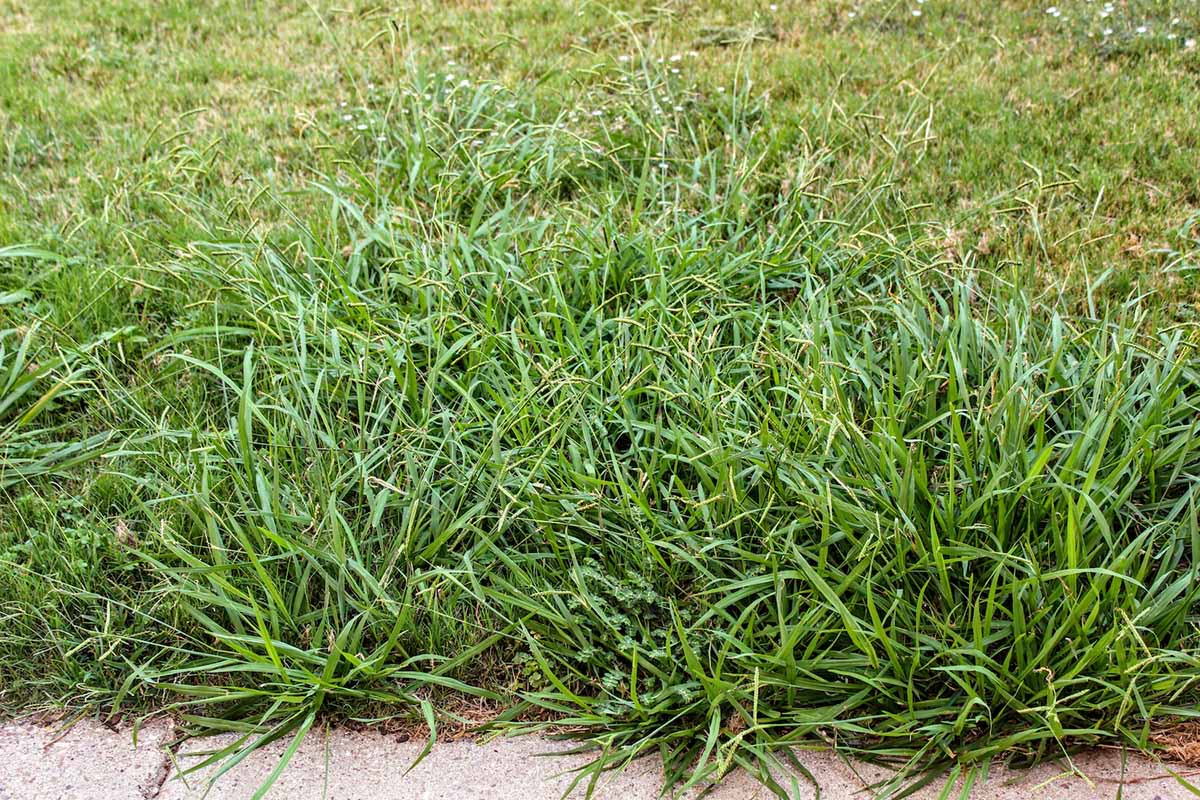
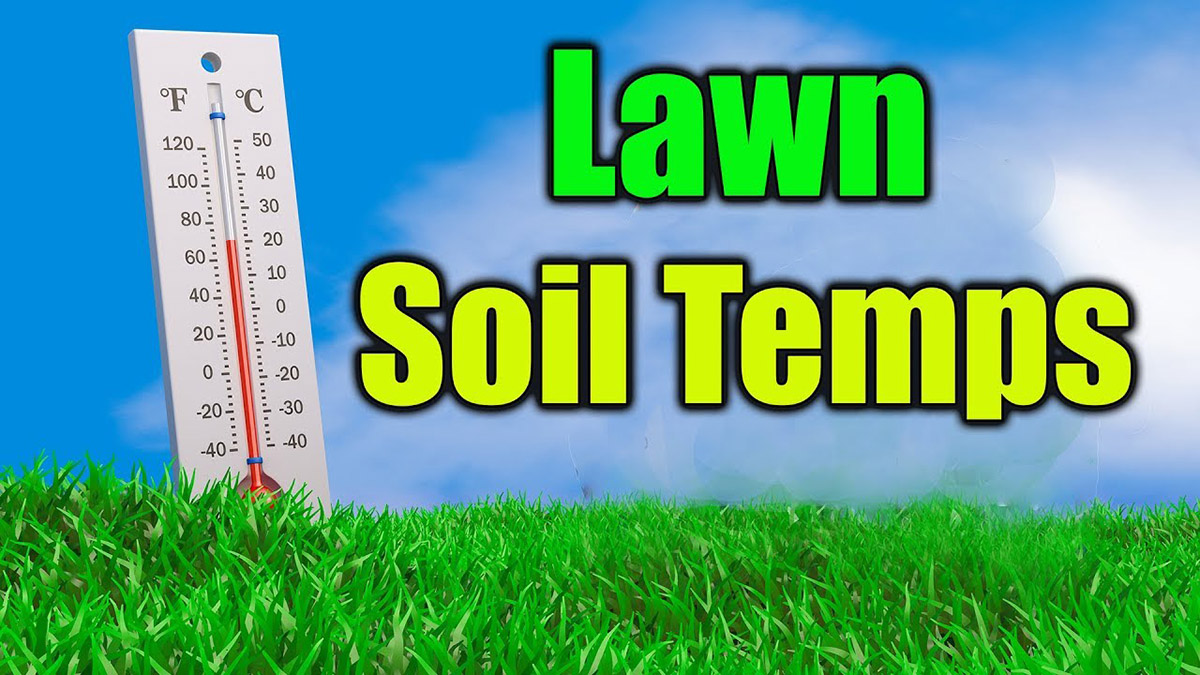
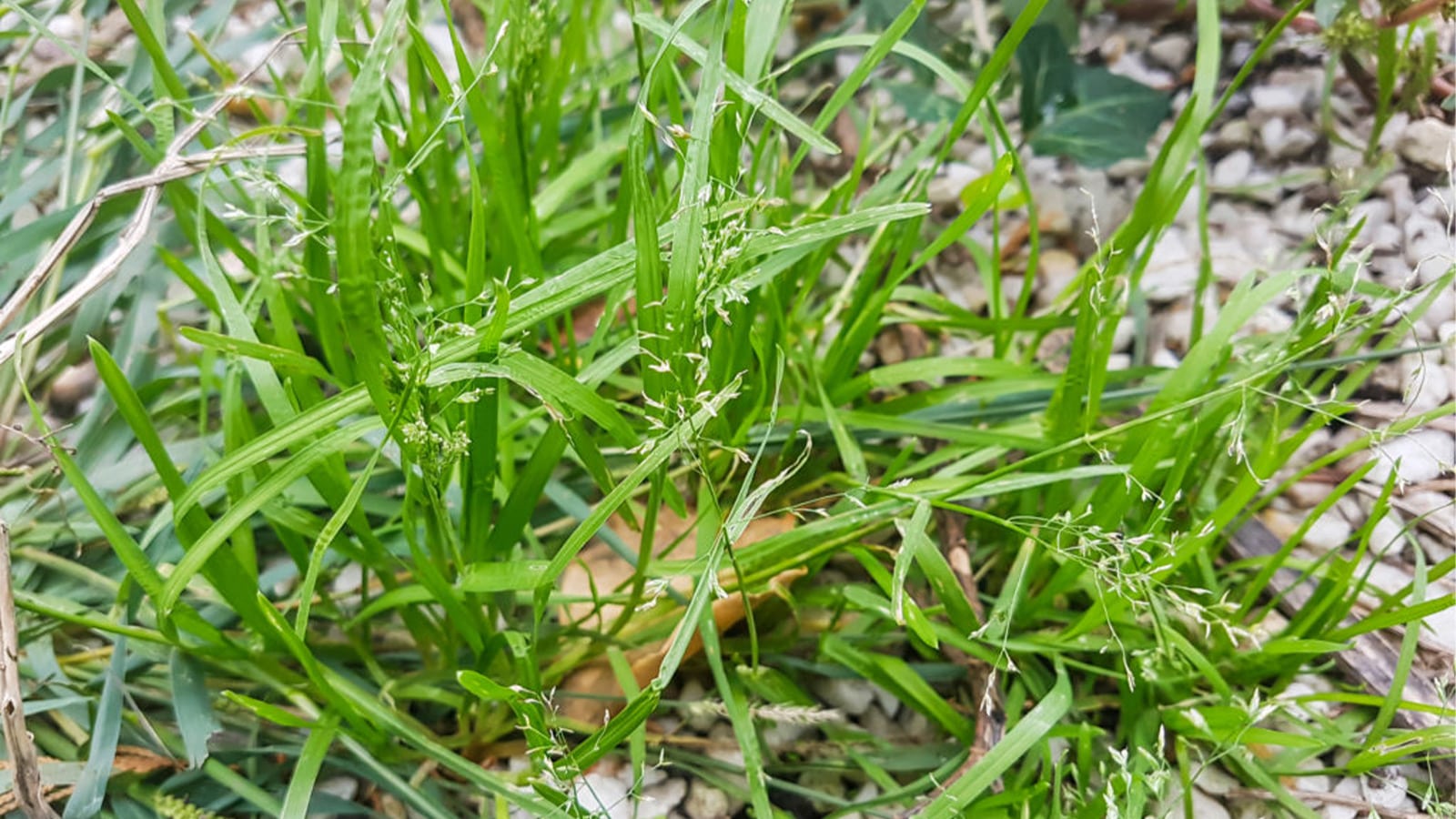
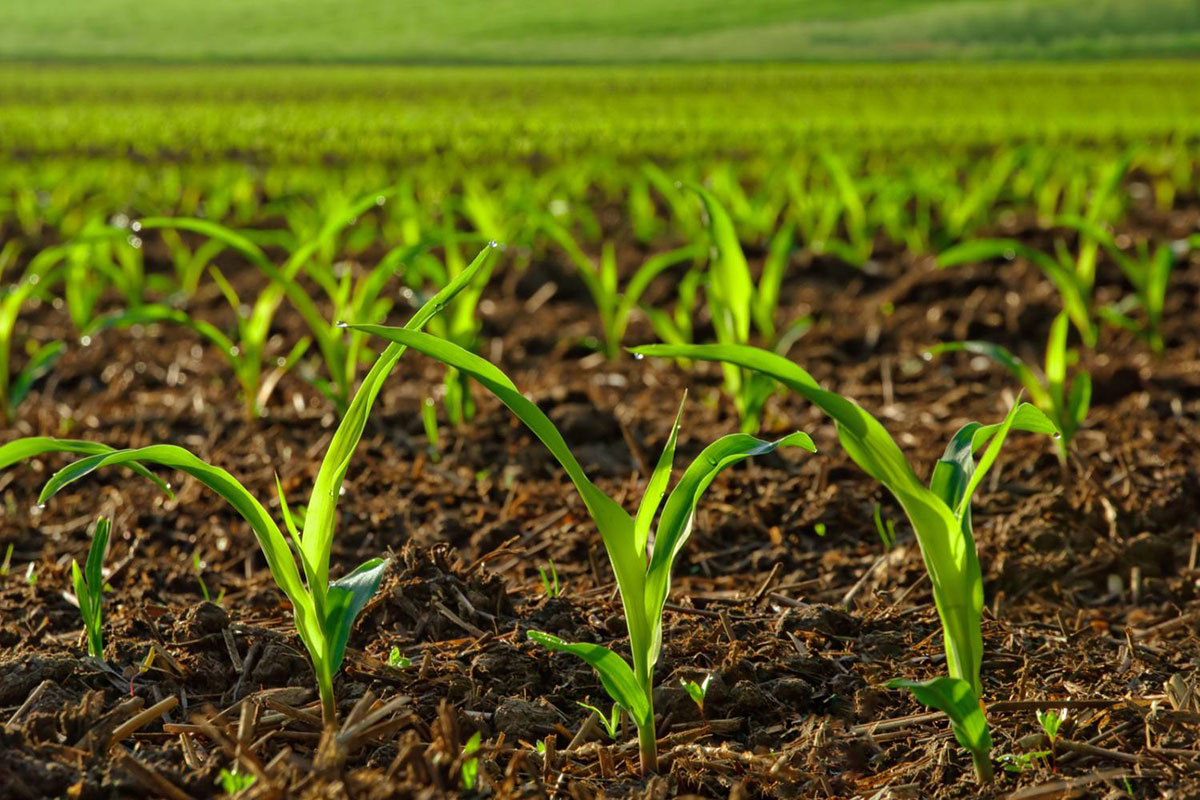
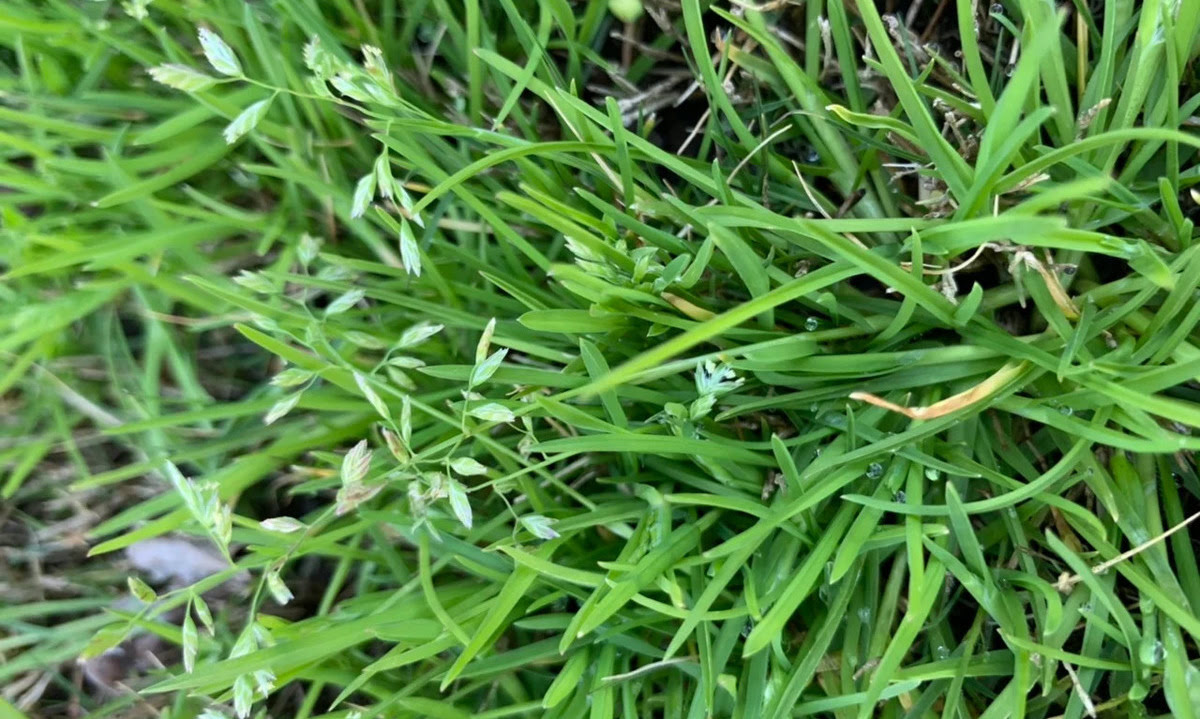
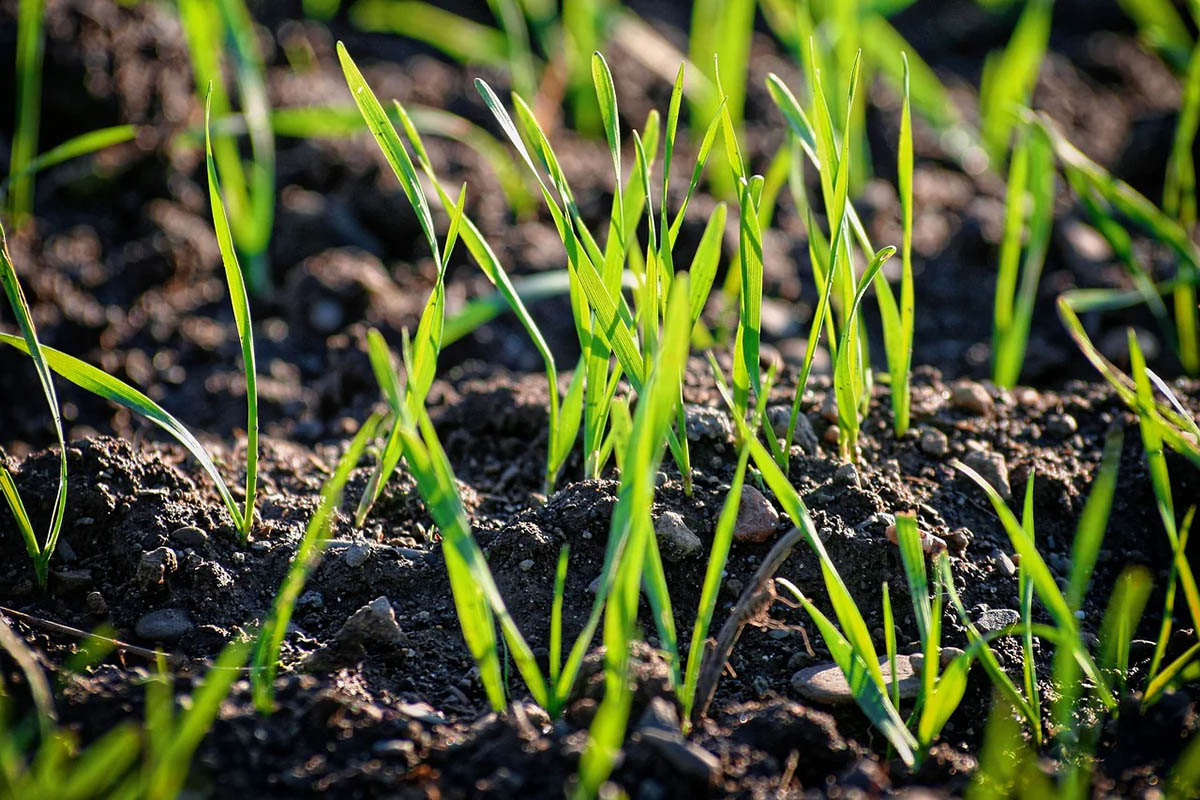
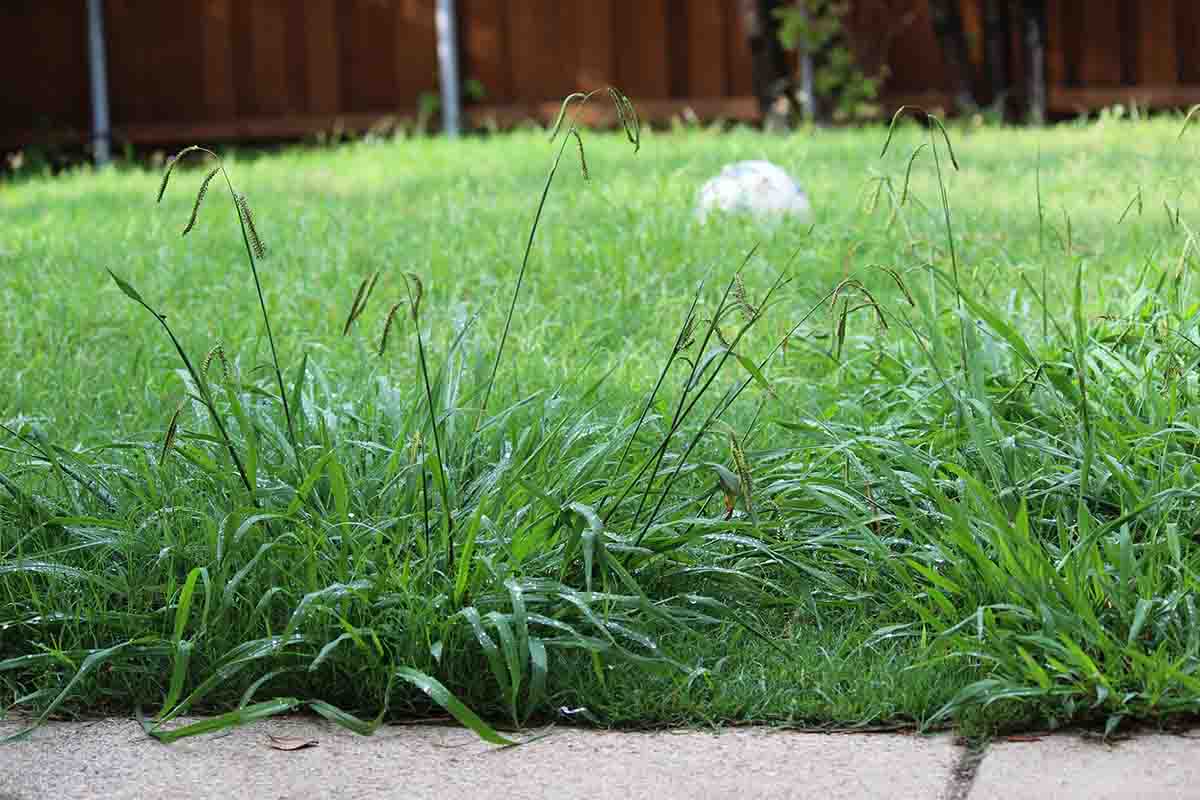
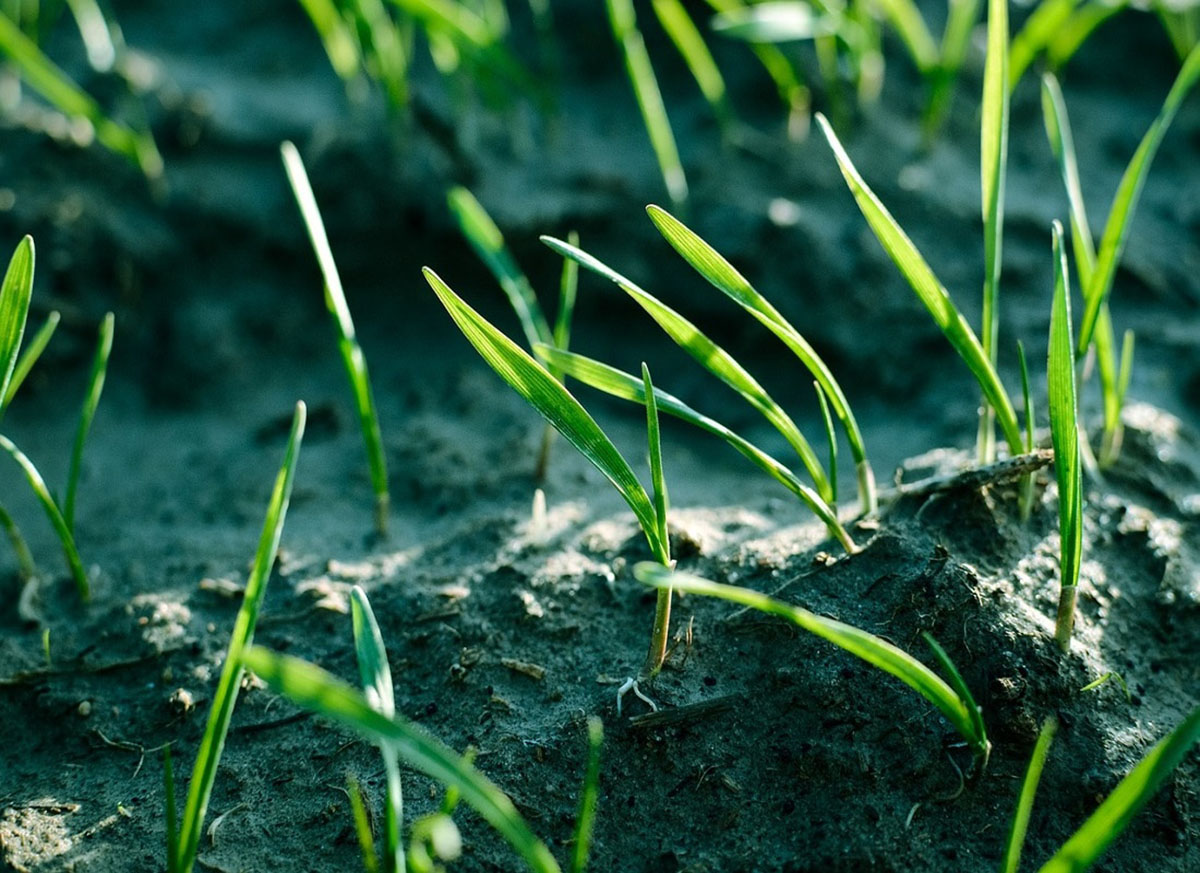
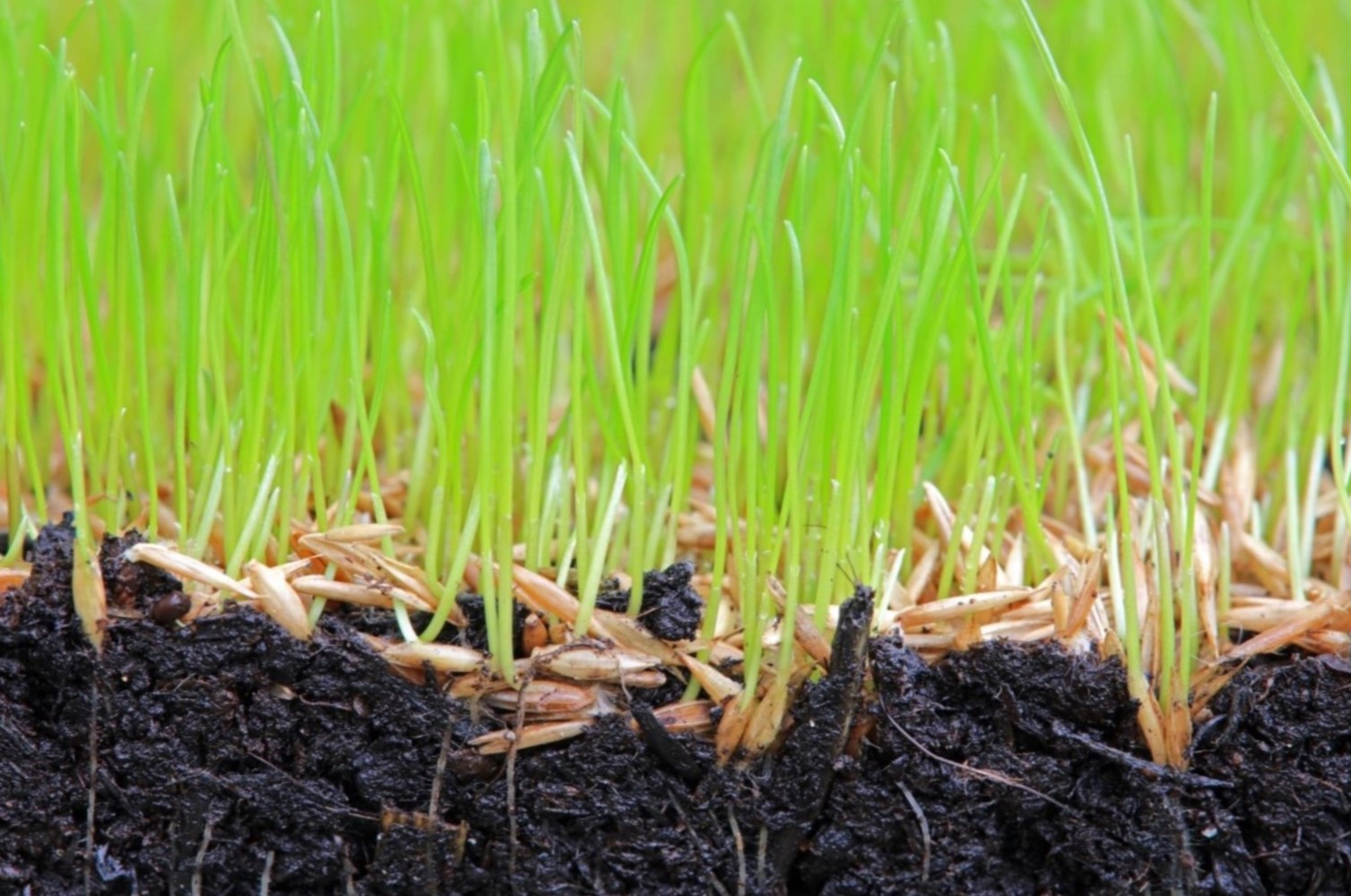
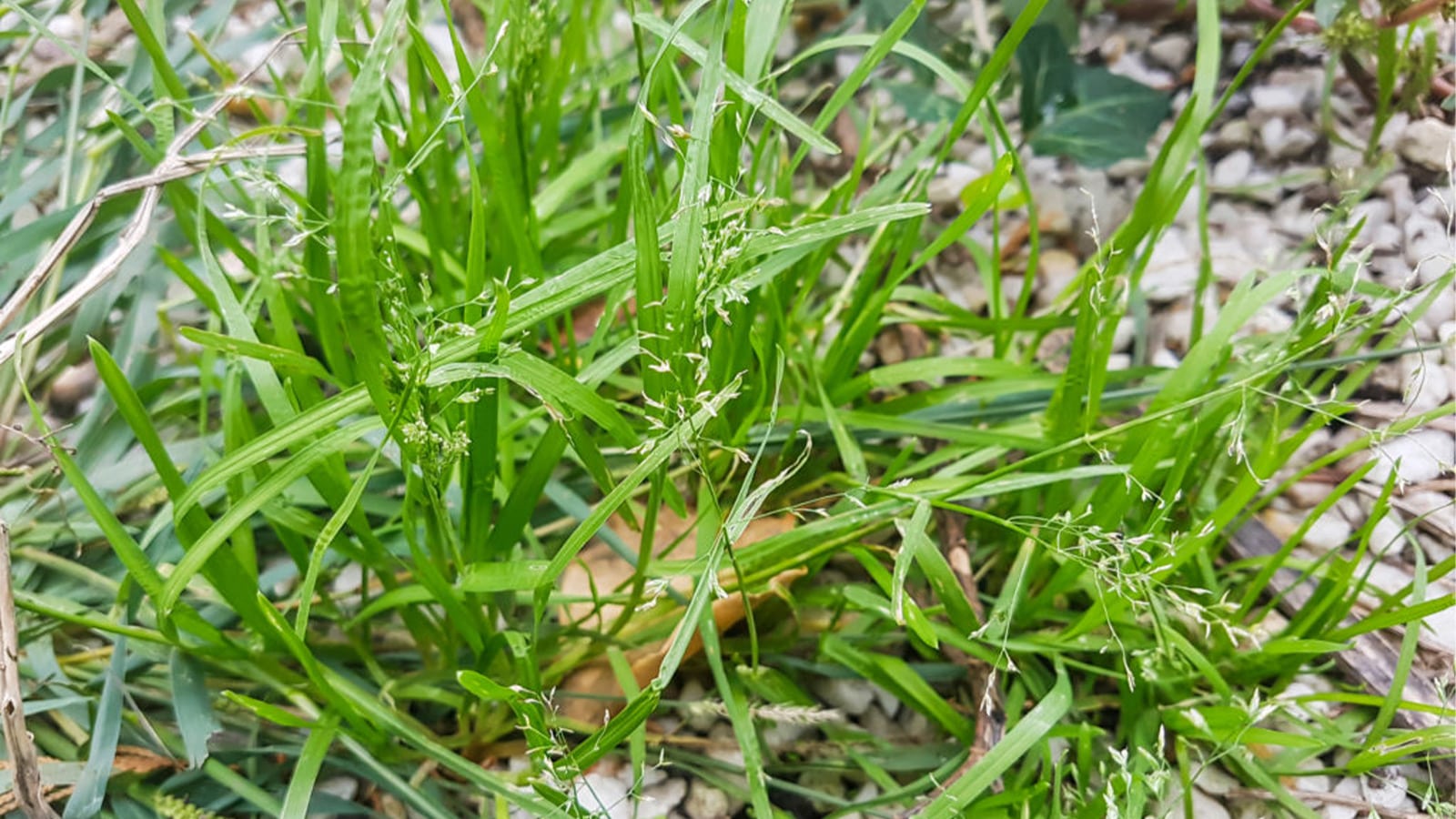
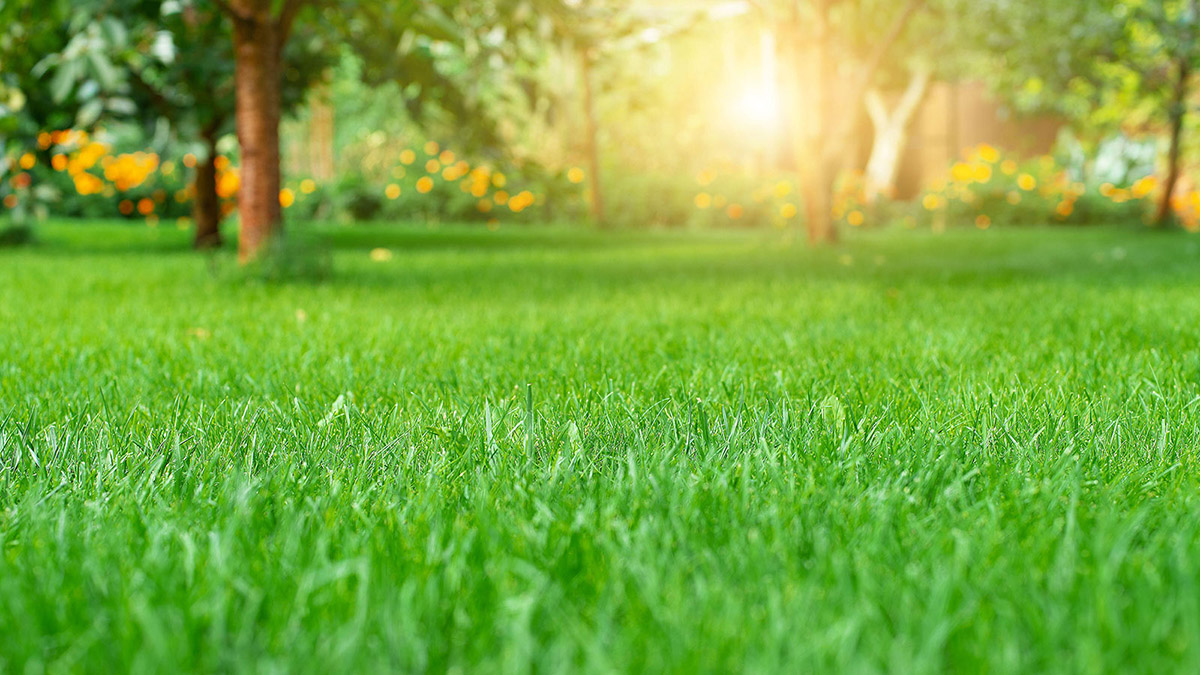
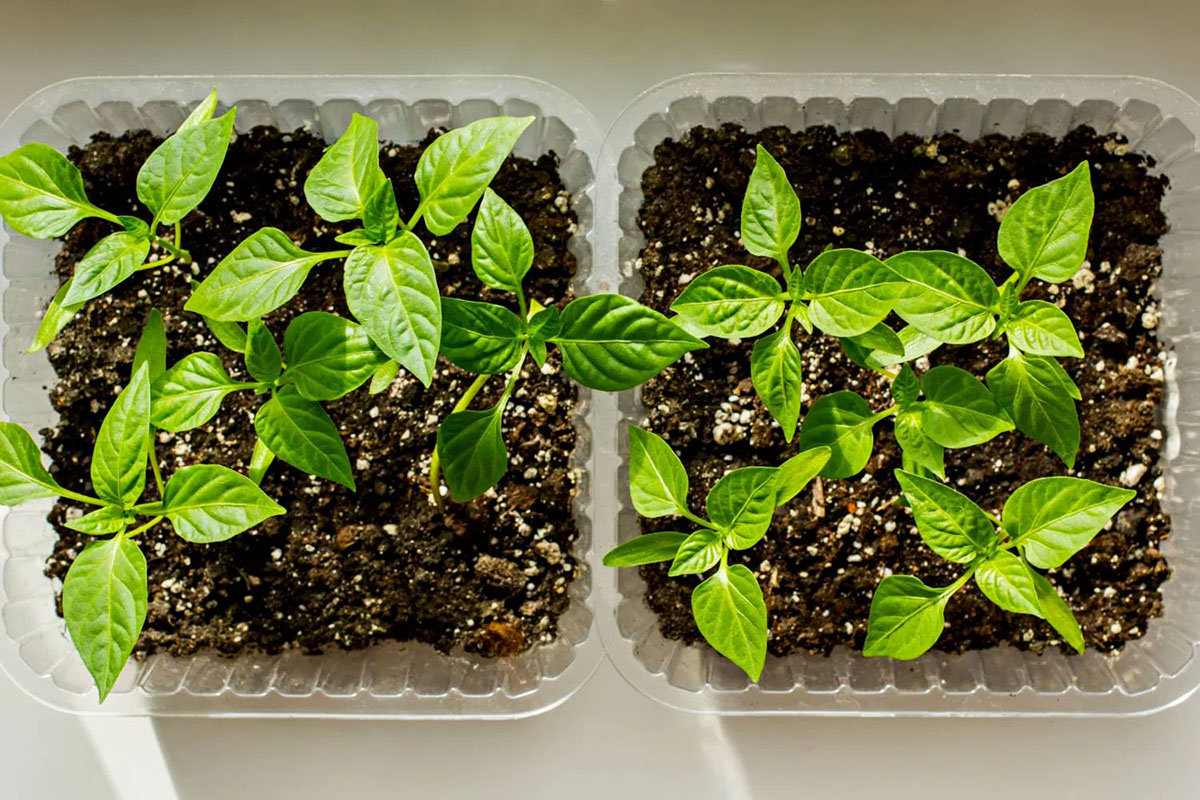
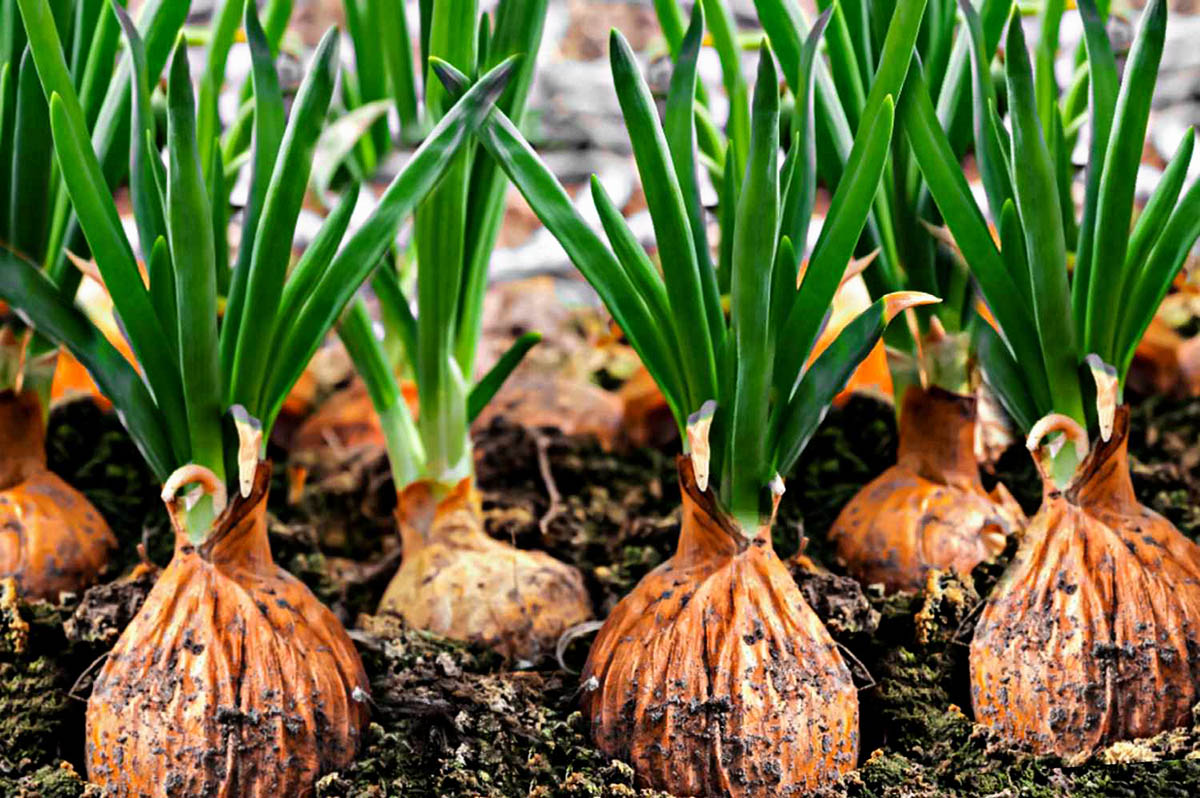
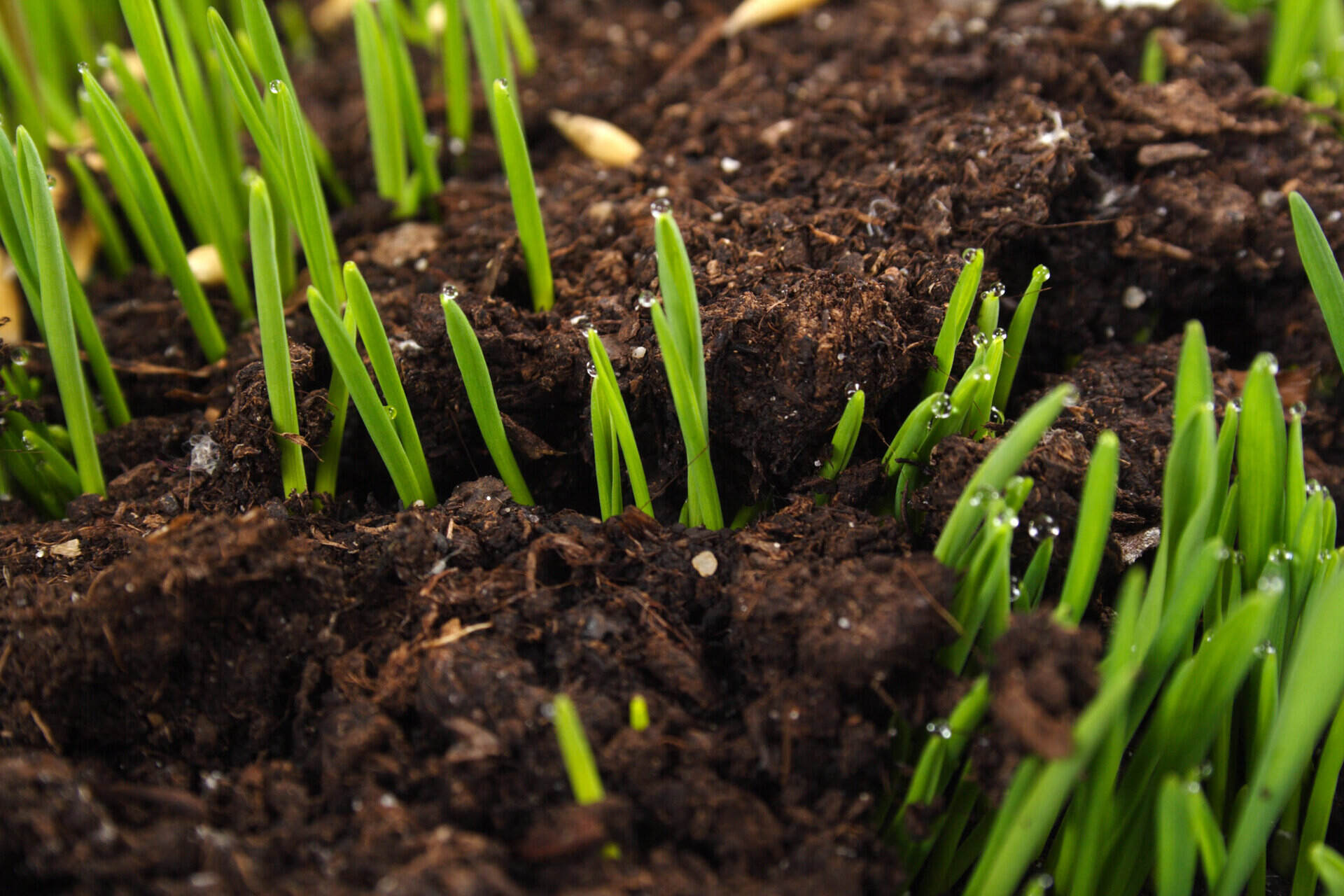

0 thoughts on “At What Soil Temperature Does Poa Annua Germinate?”